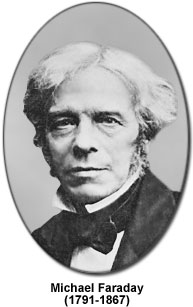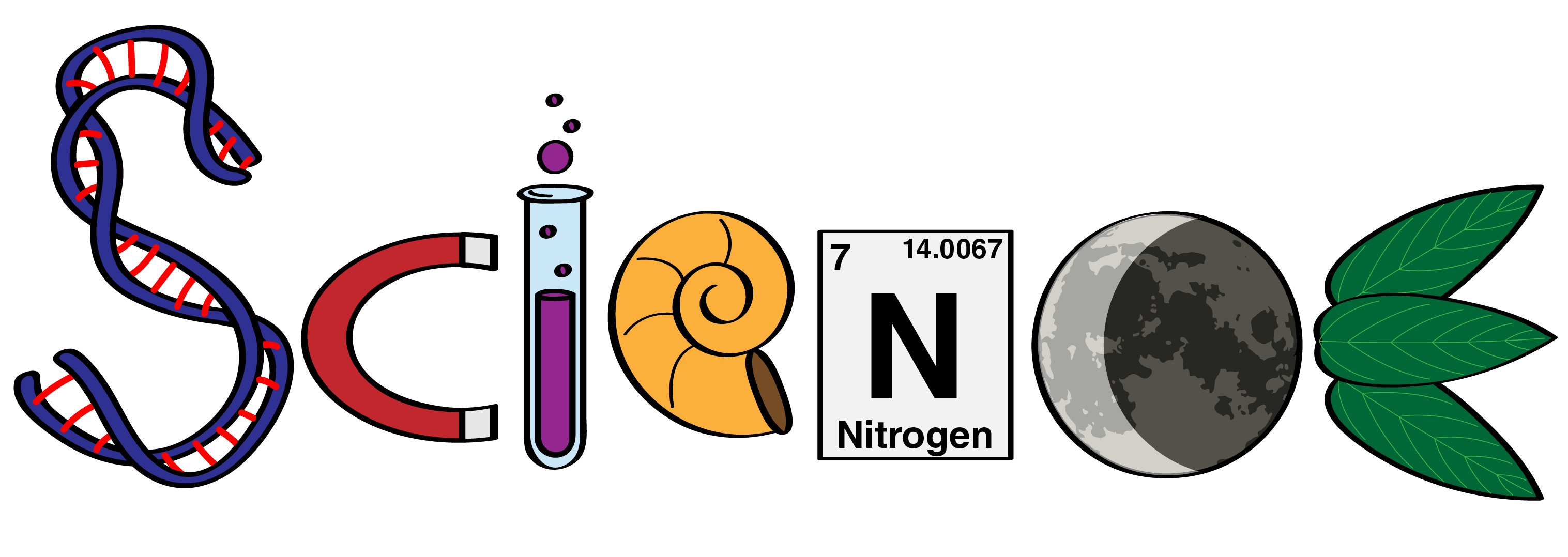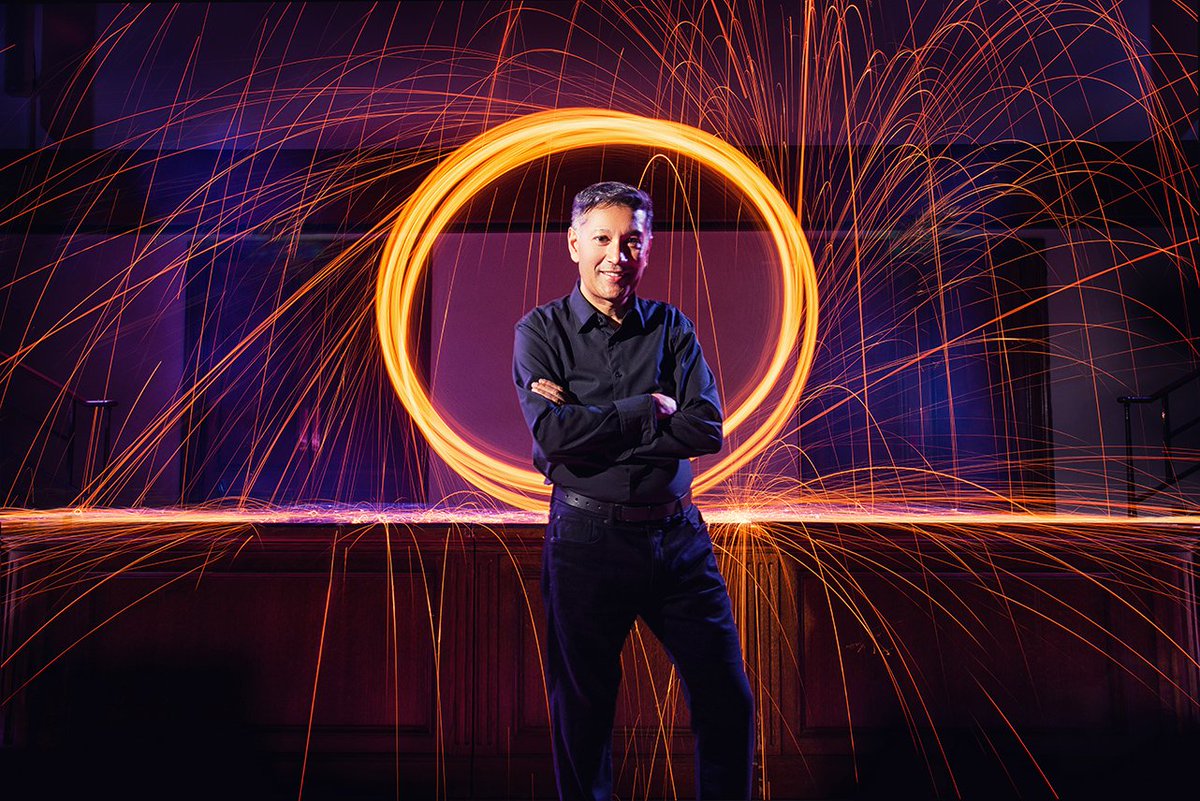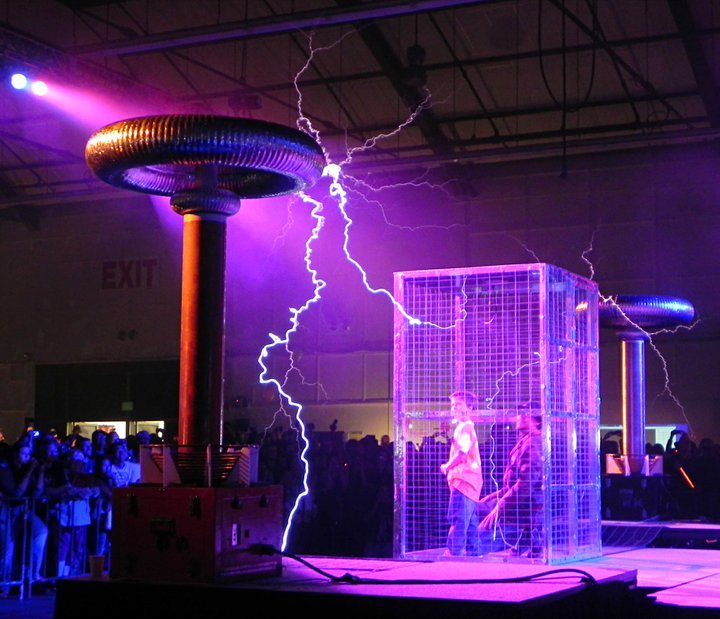Q&A:
Piginadeckchair - I suppose you can't explain why toast lands butter side down all down my dressing gown, as it did this morning (grrr!) can you?
Sadly no I can't, I'm a neuroscientist not a toastologist (though that would be a cool title to have!) There is a website that tells you the answer though if you're interested: http://www.physics.org/facts/toast-toast.asp
Nickycky - I have a theory. Gravity. The buttered side is heavier, so falls faster than the non-buttered side. It makes PERFECT sense
Good answer! Sadly no. Have a check out of the link above though, its interesting.
Jez lawrence - I love your analogy! That is exactly how it works. And yes, zombie gags are a must!
((For other peoples interest, here is Jez's analogy for how DNA works))
"I've always thought of your DNA as a book with loads of little and not so little chapters. Each cell reads the chapter about itself and if any footnotes reference other chapters, then it goes and reads those too (e.g. see chapter 432.b "how to make enzyme x")."
So, thank you for everyone who read the introduction to the blog! It's lovely to see so many people reading and interacting with it. Science should be something that everyone can read, not just those of us in a lab. Please keep on asking questions and leaving comments, I love reading them and will answer any questions left in the next post.
Speaking of questions, I got asked what these guys were from the last blog:
 |
| Your friendly neighborhood fluffy neurons |
It's actually a very good question (which I will get onto in a second). As a quick aside, it is very easy as a scientist to forget that people don't know things that you take for granted these day's because "Well I learned that back in first year of university/A2 levels, so doesn't that mean everyone knows it?" So please, if I accidentally start doing that then ask away!
So anyway, back to the question. The fluffy objects in the above picture are cartoon representations of neurons. So...
What is a neuron?
The very basics are: Neurons are the teeny-tiny cells that make up your brain and your spinal cord. Oh, and they also let you move, tell all your organs to do their jobs at the right time, tell your muscles what to do, tell your hormones what to do...
So actually, not that basic.
A better explanation please?
Ok. I'm hoping that you are all aware that your body (and the bodies of all living things) are made up of microscopic things called cells. You get all sorts of different types of cells (Blood cells, skin cells, muscle cells etc), and they all have a specialized function and a specialized structure to allow them to perform this function. Neurons are just the same, they have a special job and a special structure. This is what they look like for real:
 |
| This is a real image of real stained neurons |
The basic job of a neuron is to pass information from one place to another. An easy way to imagine this is to think of neurons like wires in an electric circuit. The battery (the source) gets turned on, passes electricity down the wire (the neuron) and the light bulb lights up (the response). So, when you want to move your hand for example, your brain sends the message (The battery), the message travels down the neurons to your hand (the wires), and then your hand moves (the light bulb).
I hope that makes some kind of sense!
Lets go a bit more complicated
I hope someone is still reading this far! I promise its not too complicated.
Ok, lets look at the actual structure of a neuron:
 |
| Typical neurons, always looking complicated |
We'll start on the left and work our way across.
Dendrites:
This is a cool name if nothing else. Dendrites are at the top of the neuron, attached to the cell body. These are like tree branches, spreading out into sometimes pretty wide areas. They connect up to other cells and receive messages.
Cell body and Nucleus:
The cell body is just like it sounds - the main body of the cell.
The Nucleus is the bit which holds all your DNA that is in that cell. The genes that are active in the nucleus of the neuron tell the cell to be a neuron and make sure it has everything it needs to work properly.
Axon:
The axon is the bit that takes the message that the dendrites received, and carry it along to wherever it is supposed to go. Cool fact: The longest axon in your body runs all the way from your spinal cord in one long cell down to your toes! In tall people that is a very long way.
Myelin sheath/schwann cells/nodes of ranvier:
These are a bit more complicated (I studied all of this at A2 Biology). Myelin is a protective wrap (like a blanket) that goes around the axon. It is made of Schwann cells. The Nodes of Ranvier is the name of the gaps between each wrap. The purpose of having these is to make the messages get passed along faster, by having them bounce along the gaps rather than having to trundle all the way down the whole length and risk getting lost.
Axon terminals:
This is, as the name suggests, the end of the axon. This again has branches, a bit like the dendrites. Only this time, the job of the axon terminal is to pass the message along to the next cell, rather than receive any new ones.
Phew. Lots of information there. Please ask if you don't understand something and I'll try and make it make sense!
So, I think that's enough science for one day (for you readers at least). If anyone has any requests on a topic they would like to know about, please ask!
If you're really interested in neuroscience, I can highly recommend watching the royal institute christmas lectures from back in 2011. Its a four program series entitled
"Meet your Brain", presented by Professor Bruce Hood. Absolutely fantastic introduction to neuroscience. (Click on the title to go to the page)


























